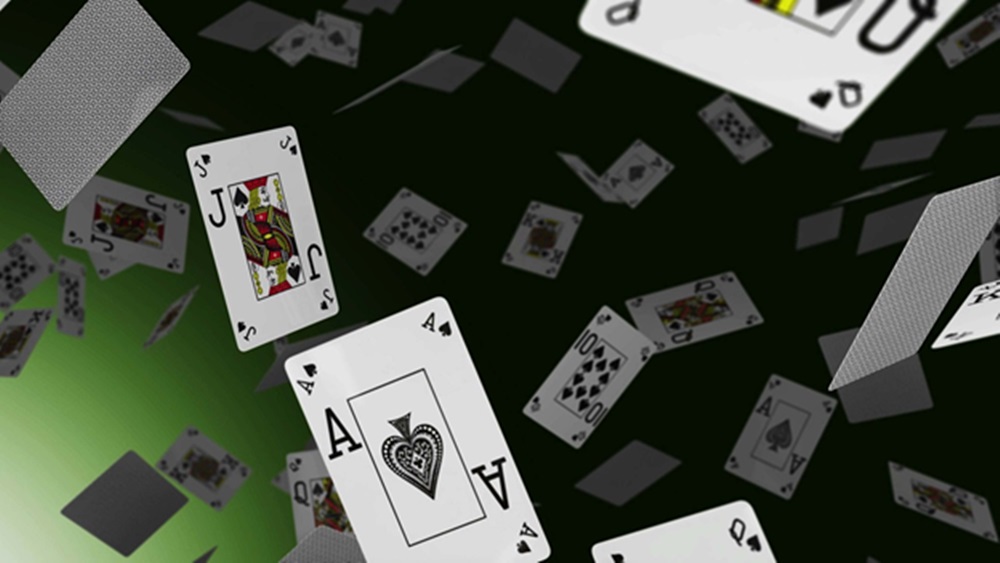Blackjack is a game of skill, and like any other skill, the more you practice, the better you will become at it. One way to learn how to play blackjack online and improve your skills is by using card counting techniques. Card counting is a legal strategy that can give you an edge over the casino.
The basic idea behind card counting is to keep track of the high and low cards that have been played. This information can then be used to make more informed decisions about when to hit, stand, double down, or split pairs.
Popular Card Counting Systems
There are a number of different card counting systems that have been developed over the years. Some of the most popular systems include the Hi-Lo system, the Omega II system, and the Zen count. Though there are a variety of ways to count cards in blackjack, some methods are more effective than others. Here are a few popular card counting techniques:
The High-Low Count
This is perhaps the most popular and well-known card counting system. It’s relatively easy to learn and can be applied to any blackjack game. To use this system, you simply assign a value to each card as follows:
2 to 6 = +1
7 to 9 = 0
10 to Ace = -1
Then, as you play, you maintain a running tally of the count. When the count is positive, it means there are more low cards left in the deck, which is favorable for the player. When the count is negative, it means there are more high cards left in the deck, which is favorable for the dealer.
The Hi-Opt I Count
This system is similar to the High-Low count, but with a few tweaks that make it more accurate. The following are the values that should be assigned to each card:
2 to 6 = +1
7 to 9 = 0
10 = -2
Ace = -1
As with the High-Low count, you maintain a running tally of the count as you play. A positive count reveals that mostly low cards are left in the deck, while a negative count reveals there are mostly high cards left in the deck.
The Hi-Opt II Count
The Hi-Opt II count is similar to the Hi-Opt I count, but with one additional wrinkle. In addition to keeping a running tally of the count, you also keep track of the “true count.” This takes into account the number of decks remaining in the shoe. To get the true count value, simply divide the running count by the total amount of decks remaining. For instance, if the running count is +5 and the dealer has two remaining decks, the true count value would stand at +2.5.
The Omega II Count
The Omega II count is a more complex system that assigns values to specific card combinations rather than individual cards. While it can be difficult to learn, it’s also very accurate.
To use this system, you first need to memorize a matrix that assigns values to specific card combinations. Then, as you play, you maintain a running tally of the count. When the count is positive, it means there are more low cards left in the deck, which is favorable for the player. However, if you run into a negative count, it means there are more high cards left in the deck, which is favorable for the dealer.
The Red 7 Count
The Red 7 count is a simplified version of the Omega II count that only assigns values to red 7s. To use this system, you simply maintain a running tally of the number of red 7s that have been dealt. When the count is positive, it means there are more low cards left in the deck, which is favorable for the player. As mentioned, when the count reaches a negative amount, it means there are more high cards left in the deck, which is favorable for the dealer.
The Zen Count
The Zen count is a more complex system that assigns values to specific card combinations rather than individual cards. While it can be difficult to learn, it’s also very accurate.
To use this system, you first need to memorize a matrix that assigns values to specific card combinations. Then, as you play, you maintain a running tally of the count. When the count is positive, it means there are more low cards left in the deck, which is favorable for the player. When the count is negative, it means there are more high cards left in the deck, which is favorable for the dealer.
Conclusion
These are just a few of the most popular blackjack card counting systems. While there are many other systems out there, these are the ones that are most commonly used by professional players. If you’re serious about counting cards, it’s important to learn one of these systems and practice using it before you take it to the casino. With a little practice, you’ll be counting cards like a pro in no time!


